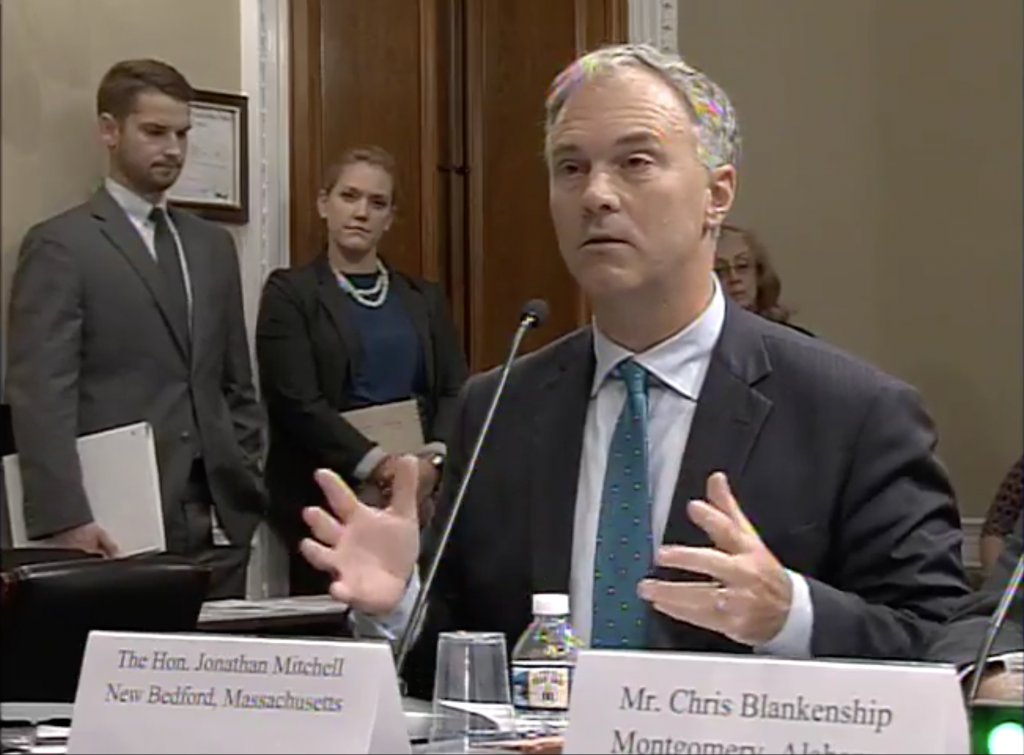October 5, 2017 — NEW BEDFORD, Mass. — Jim Kendall painted the city’s streets with snow when he articulated how fishermen may feel about offshore wind during a meeting Wednesday that brought both sides together.
As a child on SouthCoast, Kendall spent his snow days sledding on the streets.
“You just can’t do stuff like that anymore,” he said.
He’s seen the same influx in traffic on the ocean in his evolution from fisherman to fishermen representative for Vineyard Wind. Time has added stock limits, marine monuments and the latest is offshore wind. More traffic equates to more difficulty fishing.
“That’s part of the problem,” Kendall said. “There’s constraints now where there never were earlier.”
Both offshore wind and commercial fishing understand neither is leaving the ocean. So John Quinn chaired a New England Fisheries Management Council habitat committee meeting in New Bedford, which invited offshore wind representatives.
“My general policy view is I’m viewing wind as complementing not replacing fishing,” Quinn said. “That balance is why we’re having meetings, seminars and symposiums about it.”

